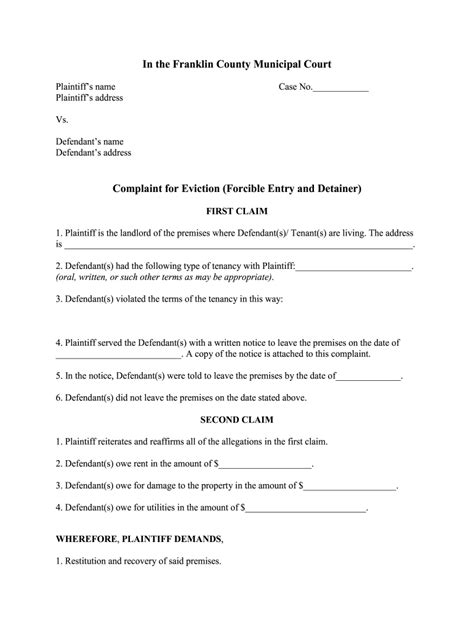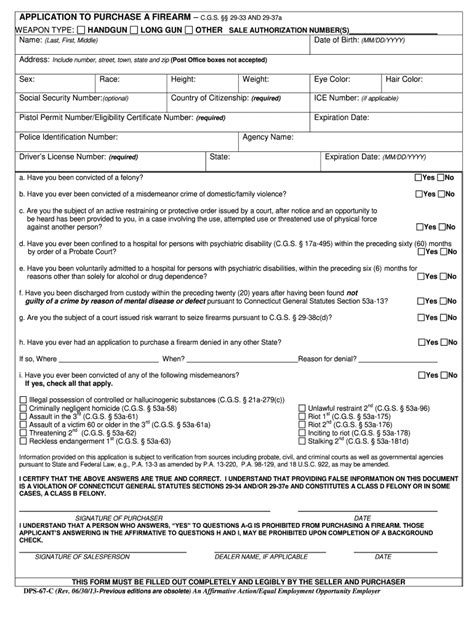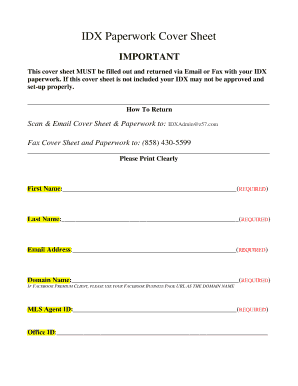5 FMLA Tips
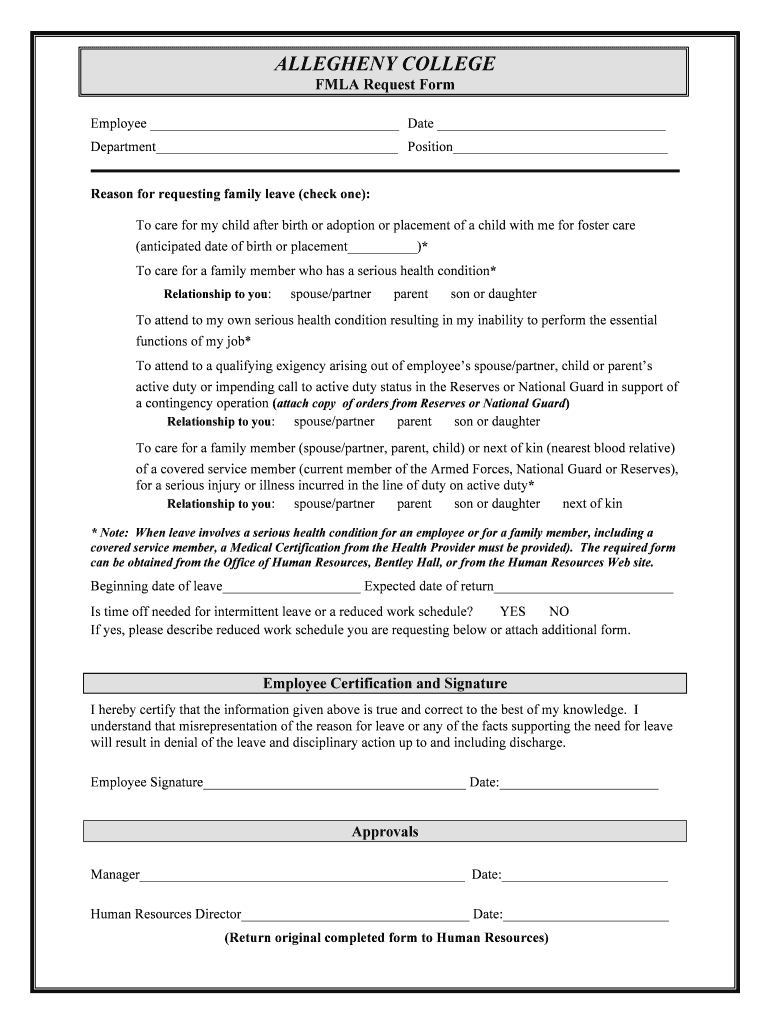
Understanding the Family and Medical Leave Act (FMLA)

The Family and Medical Leave Act (FMLA) is a federal law that provides eligible employees with up to 12 weeks of unpaid leave in a 12-month period for certain family and medical reasons. This law is designed to help employees balance their work and family responsibilities while also protecting their job security. In this article, we will provide 5 FMLA tips to help employees and employers navigate the complexities of the FMLA.
Tip 1: Determine Eligibility
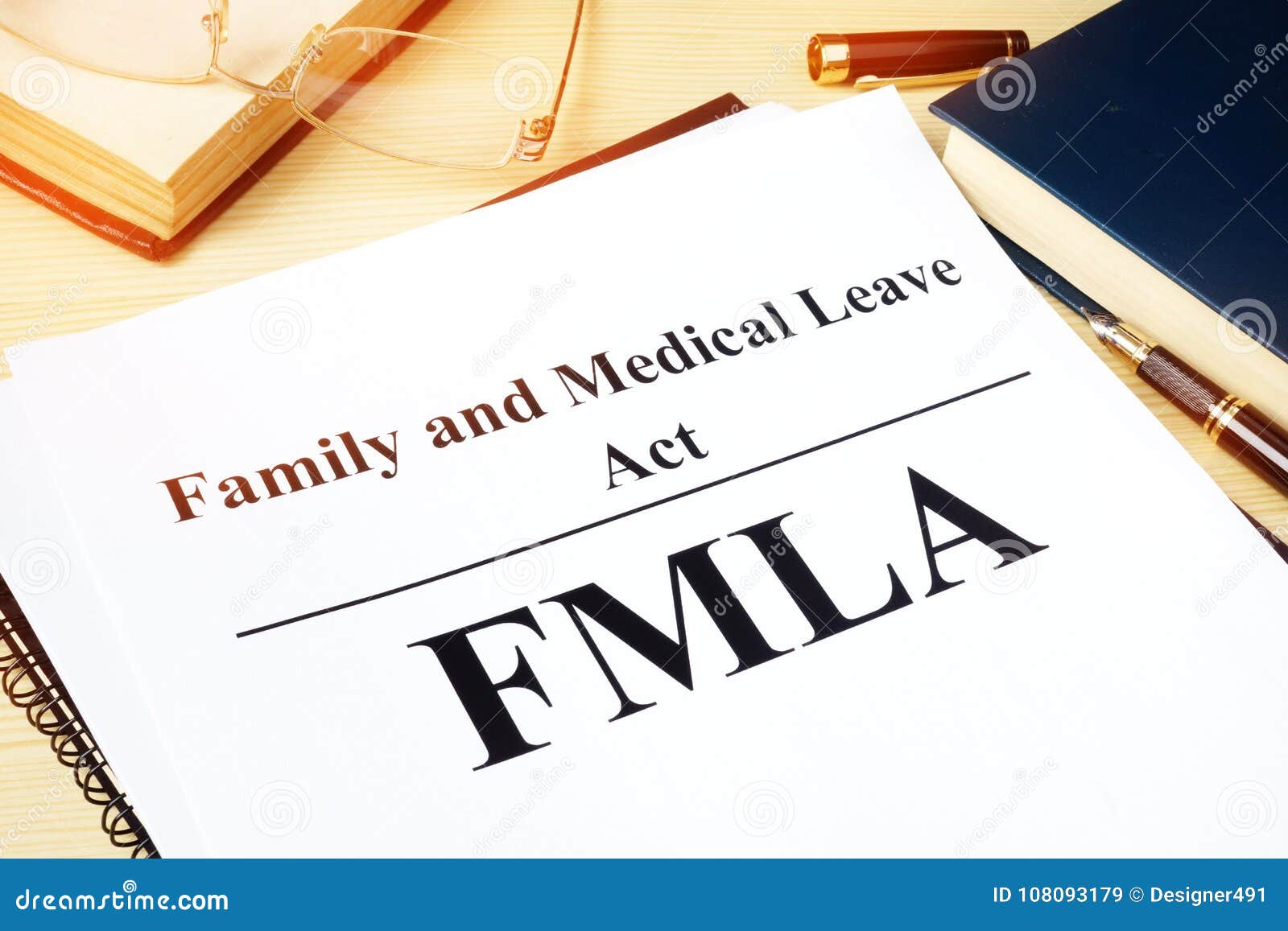
To be eligible for FMLA leave, an employee must have worked for their employer for at least 12 months, have completed at least 1,250 hours of service in the 12 months preceding the start of the leave, and work at a location where the employer has at least 50 employees within a 75-mile radius. It is essential to review the eligibility criteria carefully to ensure that employees understand their rights and responsibilities under the FMLA. Employers must also provide eligible employees with a general notice of FMLA rights and a specific notice of eligibility when an employee requests leave.
Tip 2: Provide Required Notices
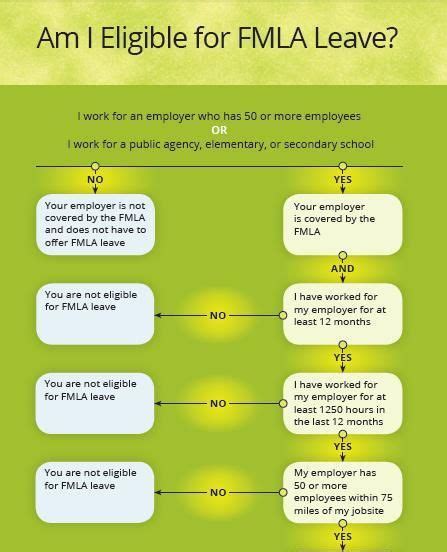
Employers are required to provide employees with several notices during the FMLA leave process. These notices include: * A general notice of FMLA rights, which must be posted in the workplace and included in employee handbooks * A specific notice of eligibility, which must be provided to the employee within five business days of receiving a leave request * A notice of rights and responsibilities, which must be provided to the employee with the notice of eligibility * A designation notice, which must be provided to the employee within five business days of receiving sufficient information to determine whether the leave is FMLA-qualifying.
📝 Note: Employers must ensure that all notices are provided in a timely and accurate manner to avoid violating the FMLA.
Tip 3: Manage Leave Requests
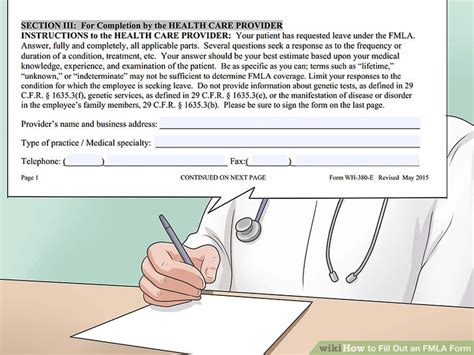
Employers must manage leave requests in a fair and consistent manner. This includes: * Reviewing leave requests to determine whether they are FMLA-qualifying * Providing employees with a designation notice that indicates whether the leave is approved or denied * Ensuring that employees are restored to their previous position or an equivalent position upon return from leave * Maintaining accurate records of leave taken and ensuring that employees are not retaliated against for taking FMLA leave. Some of the key things to consider when managing leave requests include: * The employee’s eligibility for FMLA leave * The reason for the leave request * The duration of the leave * The impact of the leave on the employer’s operations
Tip 4: Avoid Common Mistakes
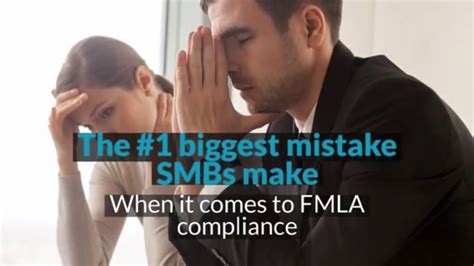
Employers can avoid common mistakes by: * Providing accurate and timely notices to employees * Maintaining accurate records of leave taken * Ensuring that employees are restored to their previous position or an equivalent position upon return from leave * Avoiding retaliatory actions against employees who take FMLA leave * Training supervisors and managers on the FMLA and its requirements. Some common mistakes to avoid include: * Failing to provide required notices * Denying eligible employees FMLA leave * Retaliating against employees who take FMLA leave * Failing to maintain accurate records of leave taken
Tip 5: Stay Up-to-Date with Changes
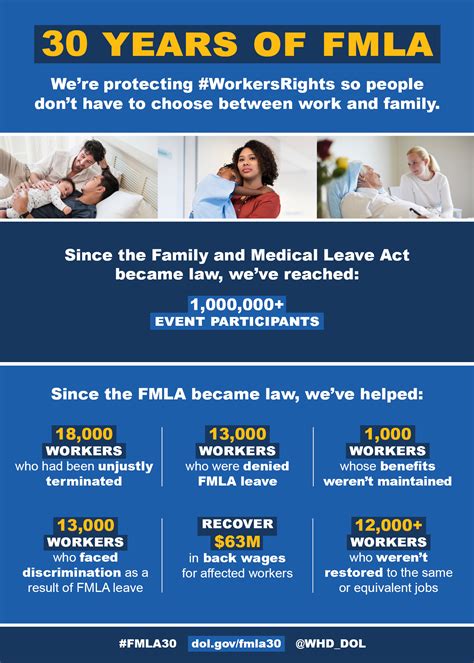
The FMLA is subject to change, and employers must stay up-to-date with any changes to the law. This includes: * Reviewing updates to the FMLA regulations * Attending training sessions and workshops on the FMLA * Consulting with employment law attorneys to ensure compliance with the FMLA * Reviewing and updating employee handbooks and policies to reflect changes to the FMLA. Some of the key things to consider when staying up-to-date with changes include: * Changes to the eligibility criteria * Changes to the notice requirements * Changes to the leave entitlement * Changes to the employer’s obligations under the FMLA
| Tip | Description |
|---|---|
| Tips 1 | Determine Eligibility |
| Tips 2 | Provide Required Notices |
| Tips 3 | Manage Leave Requests |
| Tips 4 | Avoid Common Mistakes |
| Tips 5 | Stay Up-to-Date with Changes |

In summary, the FMLA is a complex law that requires employers to provide eligible employees with up to 12 weeks of unpaid leave in a 12-month period for certain family and medical reasons. By following these 5 FMLA tips, employers can ensure compliance with the law and avoid common mistakes. It is essential to determine eligibility, provide required notices, manage leave requests, avoid common mistakes, and stay up-to-date with changes to the law.
What is the Family and Medical Leave Act (FMLA)?

+
The Family and Medical Leave Act (FMLA) is a federal law that provides eligible employees with up to 12 weeks of unpaid leave in a 12-month period for certain family and medical reasons.
Who is eligible for FMLA leave?

+
To be eligible for FMLA leave, an employee must have worked for their employer for at least 12 months, have completed at least 1,250 hours of service in the 12 months preceding the start of the leave, and work at a location where the employer has at least 50 employees within a 75-mile radius.
What are the notice requirements under the FMLA?
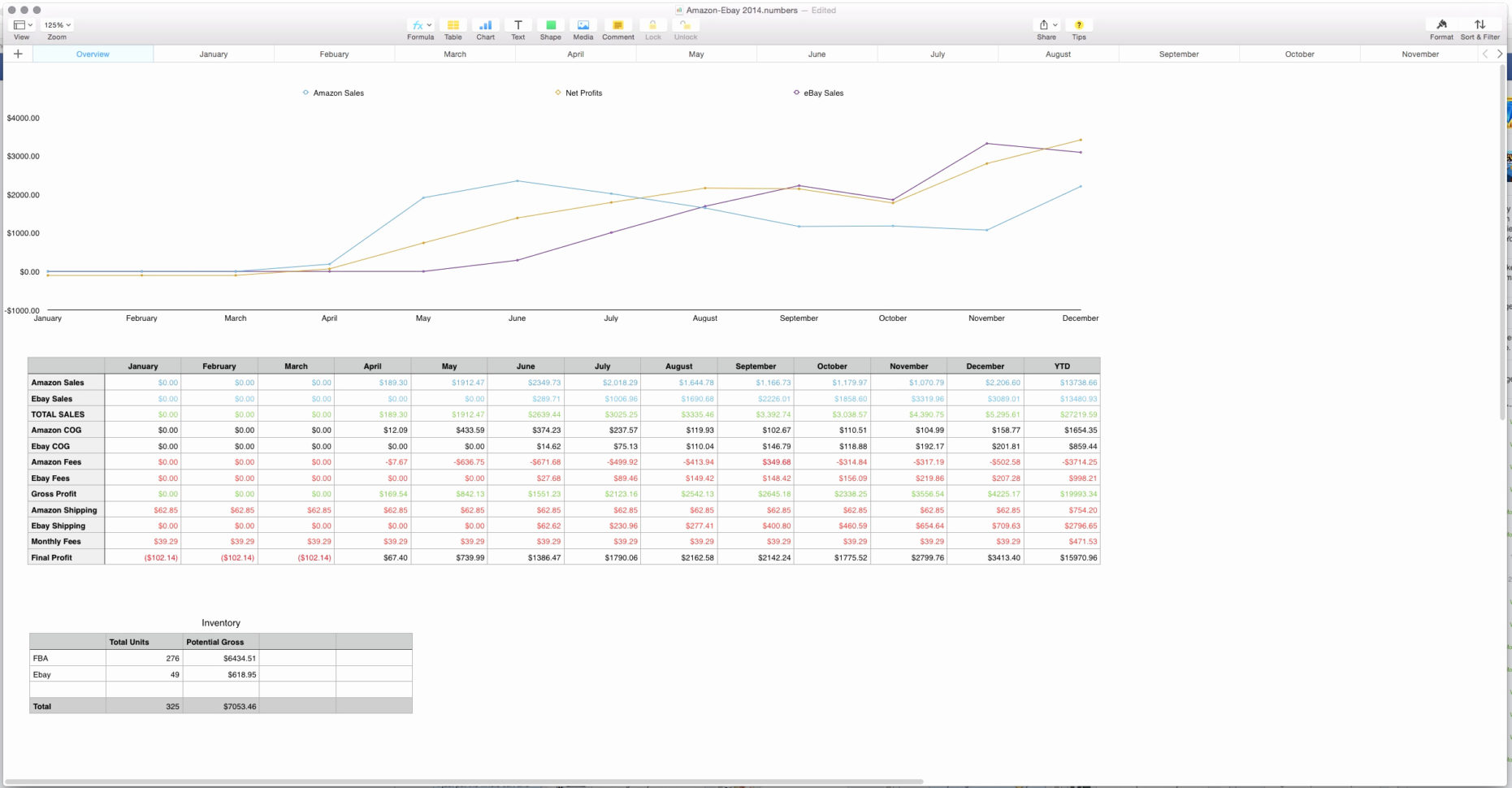
+
Employers are required to provide employees with several notices during the FMLA leave process, including a general notice of FMLA rights, a specific notice of eligibility, a notice of rights and responsibilities, and a designation notice.
